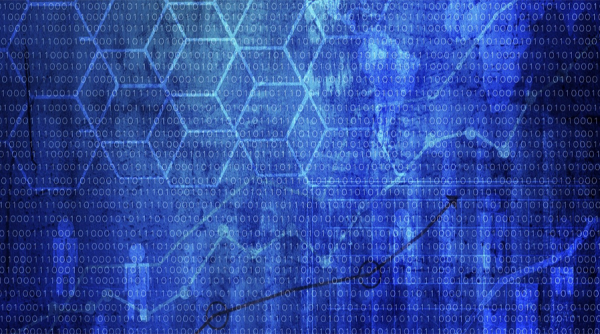Which is better for your Indirect SAP use?
The Bottom Line
All organisations will eventually move to Digital Access, so it is about timing.
The question to ask yourself is whether it makes sense to move now with the time-limited attractive pricing of the Digital Access Adoption Program or in the future.
Digital Access gives certainty as it is based on documents counted within SAP but if you are an organisation with lots of automation it might make sense to stay on the old Indirect Access model for as long as you can.
October 2019 – What is the Difference?
Indirect Access is a user or third-party application creating, manipulating, or viewing data in SAP Systems via an interface.
- The old licensing model is primarily based on Named User Licenses.
- The new licensing model is based on documents and called Digital Access.
Digital Access was first mentioned in early 2018 year, and we are starting to see clients review their SAP usage to see if Digital Access is a more suitable model for them.
Comparing the Two
The old model
Pros:
- Possibly less costly for any interface which produces lots of documents more efficiently than humans; like for example Robotic Process Automation.
- Possibly less costly for organizations with a high volume of documents with low monetary value (e.g. very many small consumer purchases).
Cons:
- More costly for processes involving lots of users.
- Contentious, subjective and difficult to measure accurately as it looks outside of SAP at all Third-Party Applications (Salesforce, Proprietary Applications, etc.) and suggests any user of those systems who ultimately creates or modifies transactions in SAP will need a corresponding SAP license.
The new model
Pros:
- Less costly for processes involving lots of users in applications outside of SAP which trigger transactions inside SAP.
- In theory less subjective and contentious as it only measures documents produced within SAP.
- However, it is a new model and it is a complicated to validate the results of the easily available measurement tool. The alternative and newer Passport tool addresses this but is not suitable for easy deployment in most SAP environments.
Cons:
- Potentially more costly for highly automated processes.
“DAAP program of May 2019 incentives move to Digital Access with attractive discount rates of at least 90%.”
Options – Digital Access Adoption Program
SAP’s Digital Access Adoption Program (DAAP) announced in May 2019. SAP is encouraging clients under this program with attractive discounts of at least 90%. See more details in our blog on DAAP here, e.g. when you can get a discount higher than 90%.
Measuring digital Access
SAP released 2 tools to determine an approximate number of licenses required in the future late last year, the Passport and what we call the “agnostic” tool. The tools are available for S/4HANA and ECC.
The Passport tool requires the implementation of very recent support packages, which will take a lot of effort for most SAP customers. Also, it will only start collecting data after that implementation. So, this tool is not usable for most clients yet.
The agnostic tool came with the health warning that – “The report does not differentiate between documents that were created by SAP applications and documents that were created by non-SAP-applications. The number transferred for a document must be interpreted based on the current installation environment.”
In other words, the number of Digital Access documents would be the number generated by the agnostic tool minus the portion of documents created by direct use.
Experience with the Agnostic Tool:
A few of our clients have started to implement the tool as part of a feasibility study to see if the Digital Access model would work for them.
It is complicated to determine the portion created by indirect use. You need to look at the whole data flow from point of origin to the standard table where it is counted. JNC is well-able to support.
The portion created by indirect use (the licensable part of what the tool measures) is usually small to compared to the portion created by direct use (the part of what the tool measures that is not licensable).
The report itself takes a lot longer to run than we anticipated. Even if the parameters entered are very specific in terms of period and user ID the report still takes an inordinate amount of time to run and some of the results have to be interpreted in the context of what licenses are already owned and whether the documents originated within or outside SAP.
Metrics
The other big trend we see in the market is an openness from SAP to discuss single metric measurement for new agreements. Historically, SAP has been very reluctant to entertain the idea of a single metric. The array of SAP metrics, their complexity, the subjectivity of some of the definitions, the amount of effort required to measure some and the risk of inadvertently exceeding the licensed quantity is a constant source of worry for many of our customers.
For years many have desired the simplicity of a single metric as it removes all of this at once. Now, at last, we are seeing a little more flexibility from SAP when it comes to this. It’s not suitable for all, and not all customers will have the clout to get it from SAP, but finally, the door seems to be open to a single metric.
Take away message
Single metric takes away all risk for incompliance in exchange for license fees that grow with your single metric. We have seen that SAP requires their customers to opt-in to the Digital Access model before they will allow Indirect Use to be covered under the single metric.
In other words, if you stay on the user-based model you will remain at some level of risk on Indirect Use into the future.




